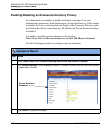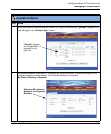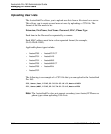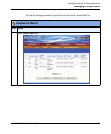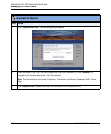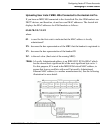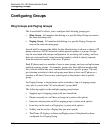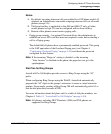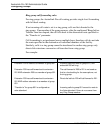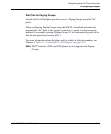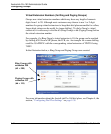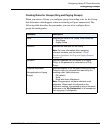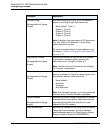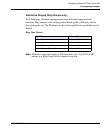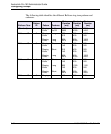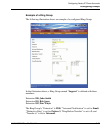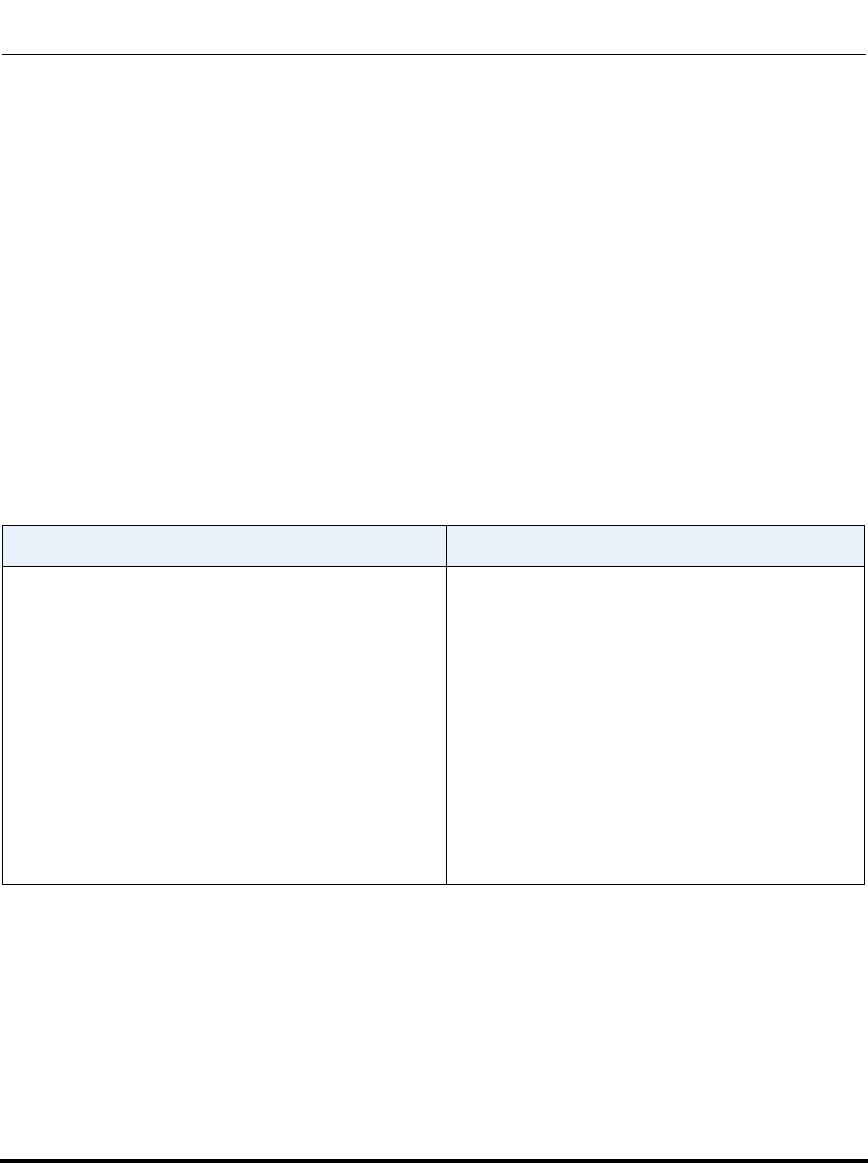
Configuring Groups
3-40 41-001190-02 Rev. 01, Rel. 1.2
AastraLink Pro 160 Administrator Guide
Ring group call-forwarding rules
For ring groups, the AastraLink Pro call-routing provides single-level forwarding
with fall-back routing.
If an incoming call route is set to a ring group, calls are first directed to the
ring-group. If no member of the group answers, after the configured 'Rings before
Transfer' time has elapsed, the call falls-back to the alternative route specified in
the "Transfer to" parameter.
Call forwarding is not performed across multiple hops; therefore calls do not take
the route specified in the destination of individual members of the facility.
Similarly, calls to a ring group cannot be transferred to another ring group; only
direct-dial extensions can receive call transfers from a ring group.
For example:
IF THEN
• Extension 200 is listed as a member of group 651.
• Extension 200 has call-forward set to extension
201 AND extension 200 is a member of group 651.
• Extension 200 has call-forward set to extension
201 AND neither extension is a member of group
651.
• “Transfer to” for group 651 is configured as
auto-attendant.
• Incoming calls will route to group 651, and
extension 200 will ring.
• The call-forward of 200 to 201 is not used as
that is a local setting for the users phone, not
the ring group.
• Direct-dial calls to 200 will call-forward to 201.
• Incoming calls to group 651 are set to route to
the Auto-attendant if there is no answer from
any Ring Group member.



